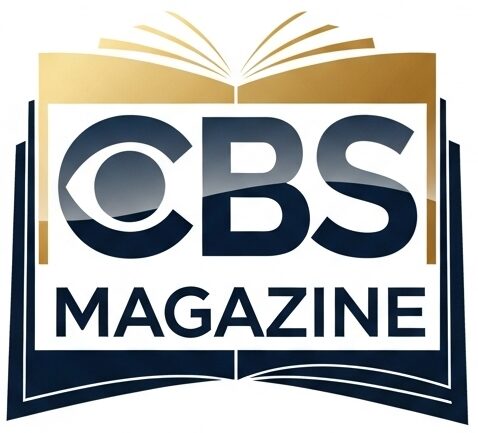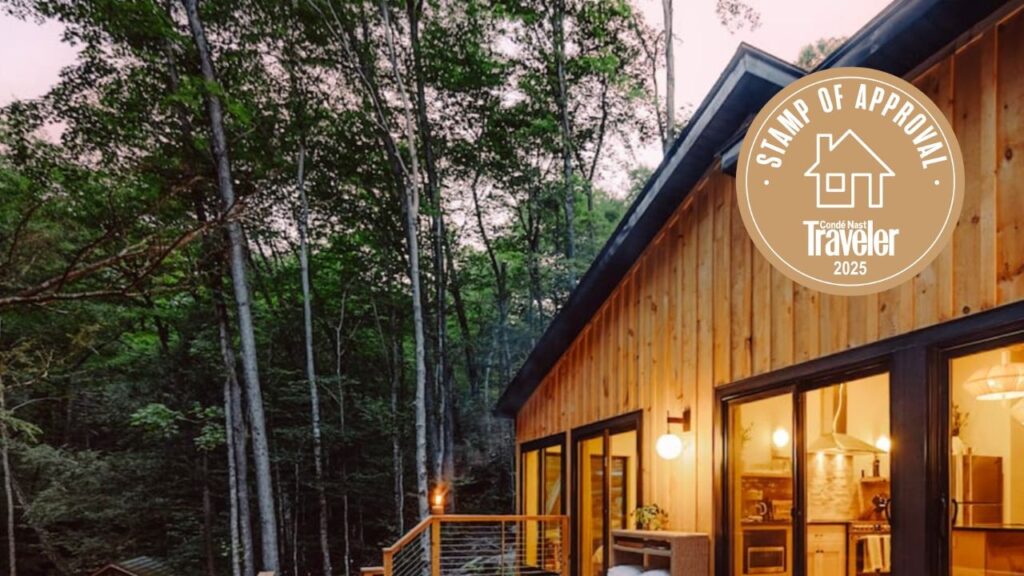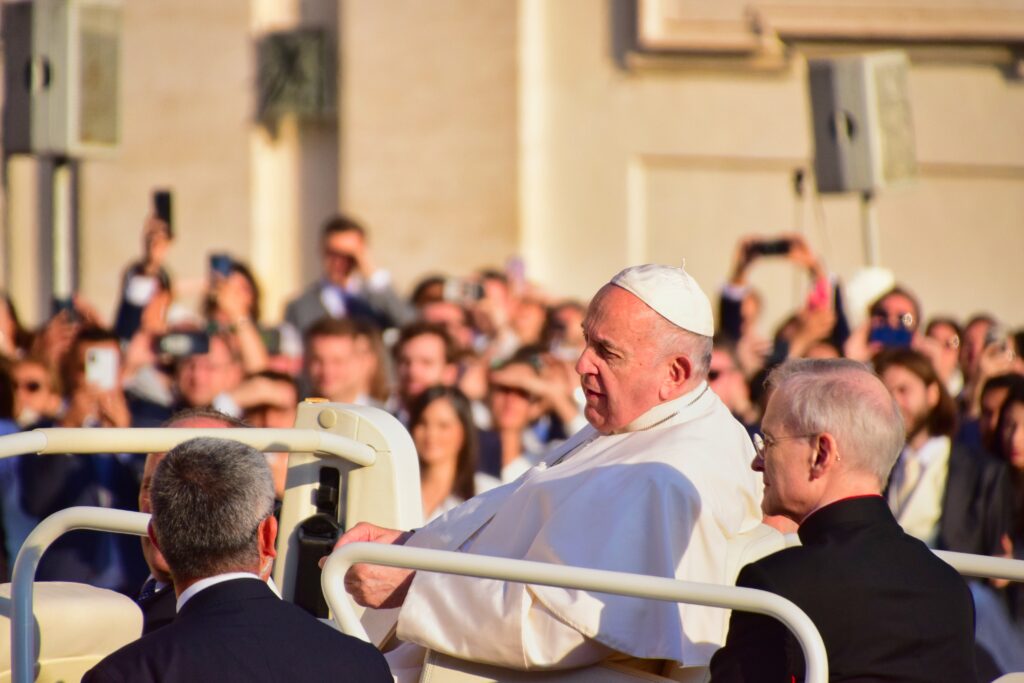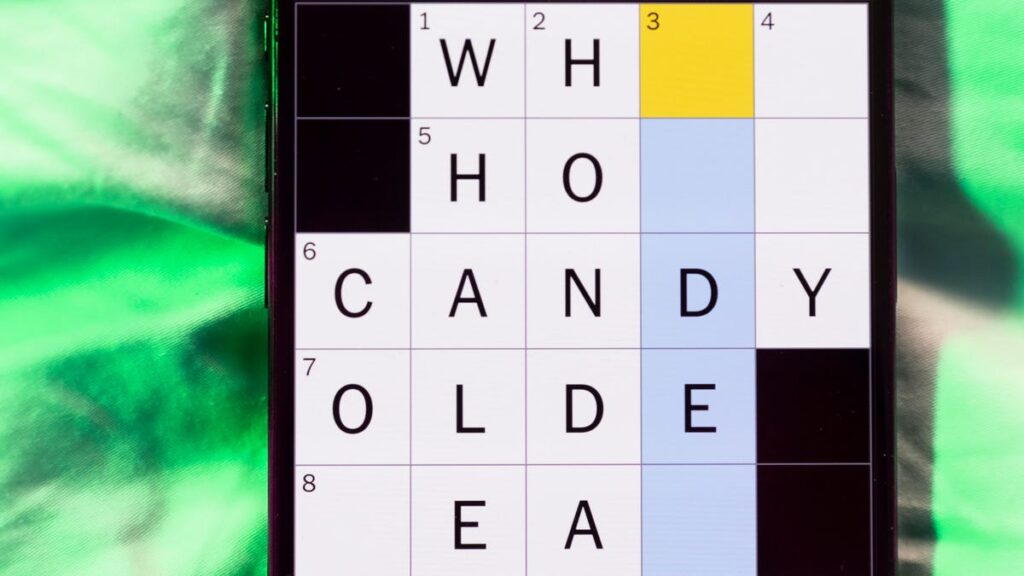In a whirlwind week of bold policy moves, President Donald Trump has made headlines twice over. First, he signed an executive order greenlighting a plan to sell TikTok’s U.S. operations to American investors, dodging a looming ban. Just days later, his administration asked the Supreme Court to back an end to birthright citizenship, sparking fierce debate on what it means to be American. These actions show Trump’s drive to reshape tech rules and immigration laws in his second term. As legal battles brew, millions watch closely. This story breaks down both events in simple terms, highlighting their big impacts on everyday life.
The TikTok deal comes after years of worry about the app’s Chinese owner. TikTok, loved by teens and adults alike for quick videos on dances, jokes, and life hacks, has 170 million users in the U.S. That’s more than the population of many countries! But lawmakers fear ByteDance, TikTok’s parent company from China, might share user data with the government there. To fix this, Congress passed a law in 2024. It says TikTok must sell its U.S. side or face a ban.
Trump’s TikTok Executive Order: A Deal to Save the App?
On September 25, 2025, Trump put pen to paper in the White House. His order says the sale plan meets the law’s rules. It would hand U.S. operations to American and global buyers, cutting ties with ByteDance. This isn’t the first try—Trump pushed a similar idea in his first term, but courts stopped it. Now, with more support, he delayed the ban until December 16. That gives time to line up investors and get a thumbs-up from China.
Why does Trump like TikTok so much? He credits it for his 2024 reelection win. His personal account has 15 million followers, where he shares rally clips and memes. Last month, the White House even started its own TikTok page. “TikTok helped get me back in the Oval Office,” Trump said at a press event. “It’s fun, it’s free speech, and now it’ll be American-owned.”
Experts see this as a win for users but a test for trade ties. The deal needs Chinese approval, which could be tricky amid U.S.-China tensions. If it works, TikTok stays open. If not, millions lose their favorite app overnight.
- User Impact: No ban means dances and trends keep rolling. But privacy stays a hot topic.
- Investor Rush: Big names like Oracle and Walmart eyed stakes before. Expect more bids soon.
- Global Ripple: Other countries, like India which banned TikTok in 2020, might watch closely.
This move fits Trump’s “America First” style. It protects jobs in tech while easing fears of foreign spying. Reporters David Shepardson, Chris Sanders, and Matthew Lewis covered the signing, noting the White House’s quick action.
Birthright Citizenship Fight Heads to Supreme Court
Switching gears to immigration, Trump’s team filed papers on September 26, asking the Supreme Court to okay his order ending birthright citizenship. This old rule, from the 14th Amendment since 1868, says any baby born on U.S. soil is a citizen. It helped freed slaves after the Civil War and covers kids of tourists or undocumented folks too.
Trump signed the order on his first day back in January 2025. It would strip citizenship from kids of undocumented immigrants and temporary visitors. “The promise was for freed slaves and their children, not aliens,” lawyers wrote in petitions. They claim the common view is “mistaken.” Solicitor General D. John Sauer led the push, saying it fixes border security by not rewarding illegal entry.
But courts blocked it fast. Federal judges paused it nationwide, calling it a clash with the Constitution. In May, the Supreme Court heard arguments on judge powers. In June, a 6-3 vote sided with Trump, limiting blocks on his policies. Still, fights went on.
In July, a New Hampshire judge let a class-action suit go forward, freezing the order for affected babies and parents. The Ninth Circuit Court in San Francisco ruled it breaks the 14th Amendment’s “plain language.” Now, Trump’s team wants the high court to step in.
Cecilia Wang from the ACLU slammed it. “He’s up against the Constitution, a 127-year-old precedent, and Congress. He’ll lose,” she said. The case could hit arguments in October, with a ruling by summer 2026. It might redefine citizenship for millions.
Why These Moves Matter Now
Both stories tie into Trump’s big goals: control tech from abroad and tighten borders. TikTok’s sale could boost U.S. jobs but irk China. The citizenship fight echoes his wall promises, aiming to cut “anchor babies.” Critics say it tears at America’s welcoming roots. Supporters cheer it as tough love on immigration.
Texas and California feel this most. TikTok thrives in young states; birthright debates rage at borders. Families worry—what if a newborn loses rights? Investors buzz over app stakes.
Vigils and posts flood social media. On X, #SaveTikTok trends with 2 million mentions. #BirthrightForAll hits 1.5 million, mixing anger and facts.
Looking Ahead: Delays, Deals, and Decisions
For TikTok, December 16 looms. Trump bets on a smooth sale. For citizenship, the Supreme Court holds the cards. Justice scaffolding outside the building hints at changes ahead—literally, with repairs underway.
These aren’t just White House news. They touch phones in pockets and passports in drawers. As America debates, one thing’s clear: Trump’s term stays unpredictable.
In related news, a Dallas ICE shooting last week killed one detainee, wounding two. It spotlights enforcement risks amid policy shifts.
Trump’s week shows his style: fast, fierce, and full of fights. Will courts greenlight these dreams? Stay tuned—history’s in session.






















